PV: Could you please tell us the cause and current situation of drought and saltwater intrusion in Nghe An province?
Mr. Nguyen Truong Thanh:
In the past 4 to 5 years, the weather has been extremely complicated, with prolonged intense heat. In the summer, the temperature is commonly high from 37 - 40 0 C, in some places over 40 0 C, the West - South wind is strong. The water level on the Lam River has dropped. Therefore, some water pumping stations on the Lam River have been unable to operate at times; The water level in the reservoirs has dropped rapidly.
Besides, due to the infrastructure of many irrigation works, many irrigation works were built a long time ago, some have degraded, are not synchronized, and do not meet the water supply requirements in the dry season.
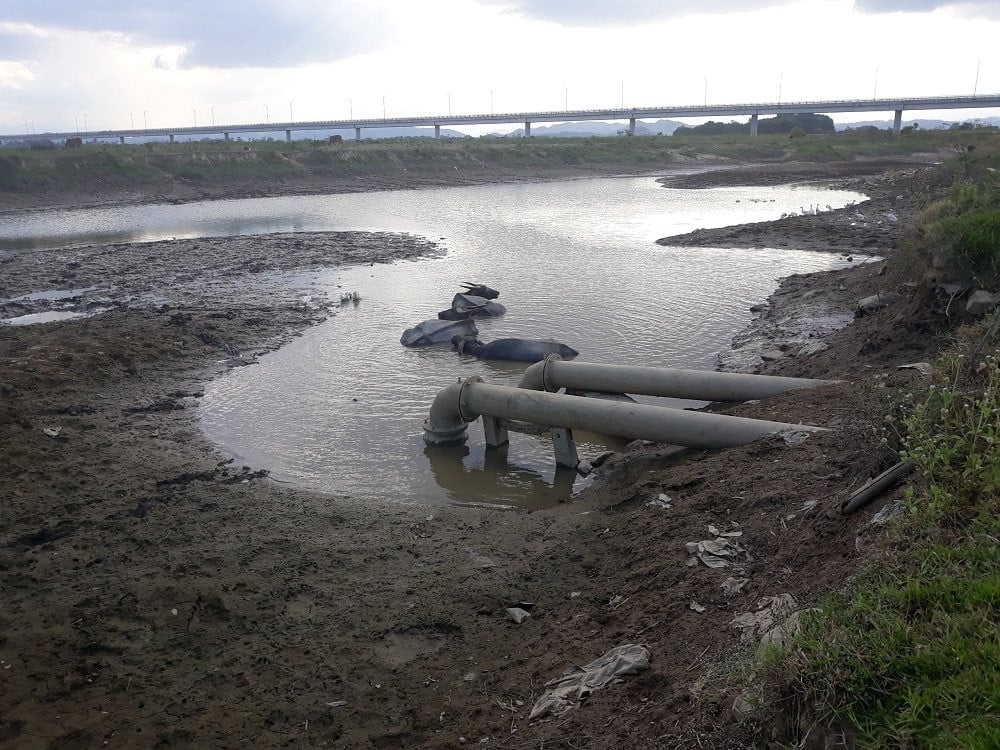
According to the forecast information of the National Center for Hydro-Meteorological Forecasting, the El Nino phenomenon (warm phase) is likely to appear in the second half of summer 2023 with a probability of about 80-85%; In June 2023, the average temperature will be 0.5 0 C higher than the average of many years; from July to September 2023, the average temperature will be 0.5-1.0 0 C higher than the average. The flow to Ban Ve hydropower reservoir tends to be 35-38% lower than the average.
Therefore, water shortages for agricultural production (especially in the summer-autumn crop) and people's lives may occur early and widely; at the same time, with low water levels in the fields, the risk of saltwater intrusion into the fields in the delta is very high.
PV: What is the level of impact of the above situation?
Mr. Nguyen Truong Thanh:
With the current water resources situation, the water level of Ban Ve reservoir and Lam river is very low, the water level in the reservoirs is low and decreasing rapidly. Therefore, the risk of water shortage and drought occurs early and widely (especially in highland areas, the end of the canal, the end of the pipeline system, and small reservoirs).
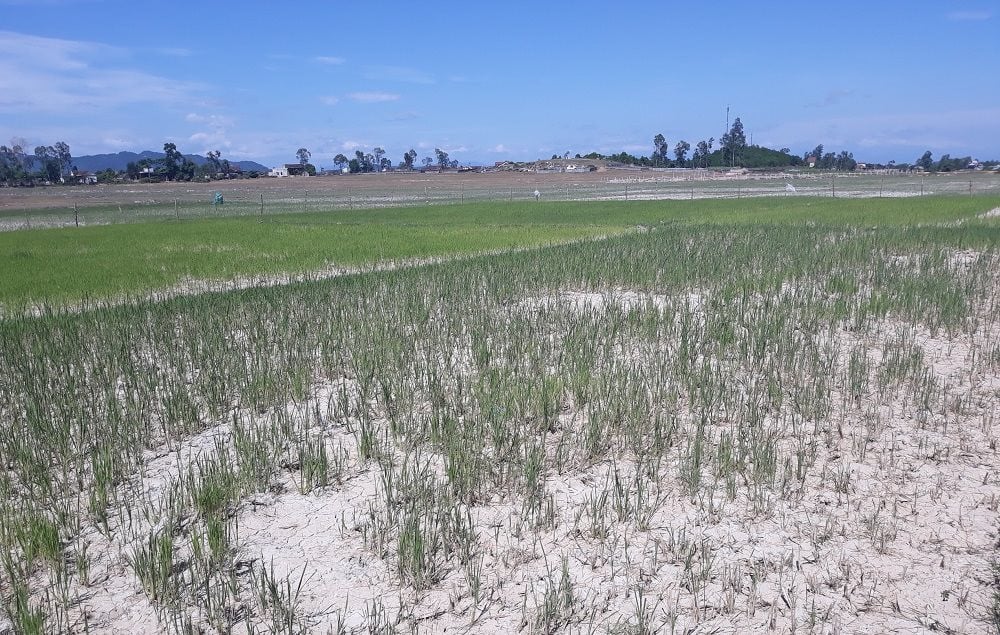
Reporter: What is the current status of dams in Nghe An province? Will there be enough supply for daily life and irrigation for agriculture this year?
Mr. Nguyen Truong Thanh:
Currently, the storage capacity of irrigation and hydroelectric reservoirs is low, the current water level of many reservoirs is lower than the design water level, specifically:
By the end of May 2023: Reservoirs managed by enterprises: 102 lakes and dams: of which 75 lakes have a capacity of over 50% of WTK (in the same period in 2022, there were 89 lakes); 27 lakes have a capacity of under 50% of WTK (in the same period in 2022, there were 13 lakes); small reservoirs managed by communes and cooperatives have over 959 reservoirs, of which 625 lakes have a capacity of over 50% of WTK; the remaining reservoirs are under 50% of WTK.
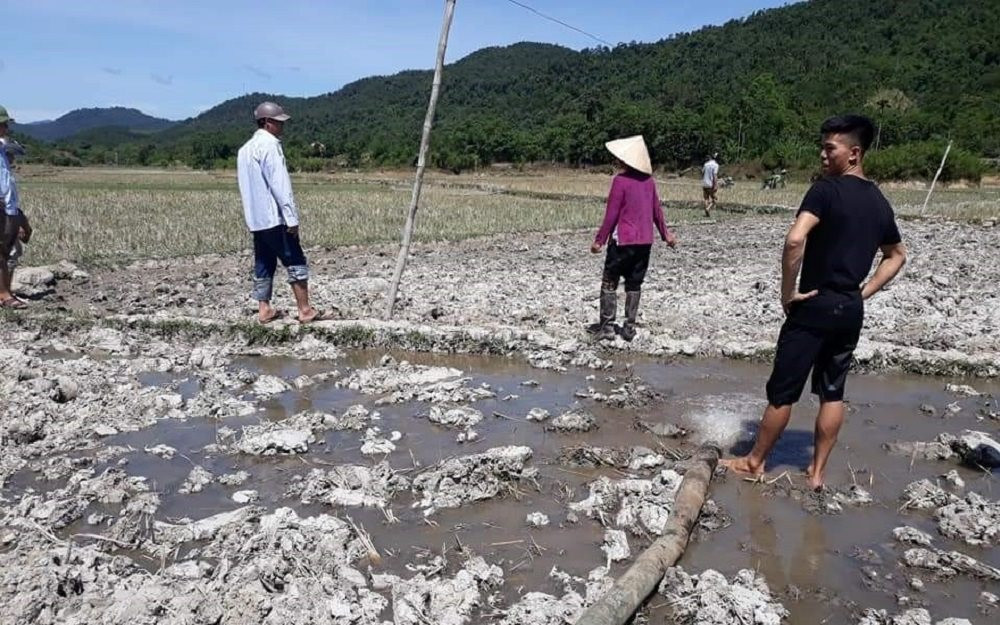
At 07:00, May 22, 2023: The upstream Ban Ve reservoir water level is 164.0m (process 176.0m)/TK 200m; Current capacity is 635.4 million m3 of water, reaching less than 34.6% of the design capacity (corresponding to the useful capacity of 183.8 million m3 ); The flow to the reservoir is 29.0 m3 /s; lower than the lowest water level specified in Appendix III - Decision No. 1605/QD-TTg of the Prime Minister by 12.0m, corresponding to a water shortage of 308.42 million m3 of water. (From May 21 to May 31: The reservoir water level ranges from 176.0m to 179m).
With the current water resources situation and unfavorable weather conditions as forecasted, in the last months of the dry season of 2023, if there is no additional rain in the coming time, the water level of Lam River tends to decrease; the water level of Ban Ve reservoir drops very low, the possibility of water shortage, drought, and saltwater intrusion will occur, causing difficulties for agricultural production in the Summer-Autumn - Winter crop.
Reporter: So, what solutions has Nghe An province taken to limit the damage caused by drought and saltwater intrusion? Especially in terms of converting crop structure to adapt to climate change?
Mr. Nguyen Truong Thanh:
We always carry out two solutions in parallel. Non-structural solutions and structural solutions.
For non-structural solutions, it is necessary to review the water source situation; Develop a drought-proof irrigation plan for each region and each project and implement it when drought and water shortage occur; Arrange the production structure in accordance with the water source capacity, avoid planting in areas that do not ensure proactive water sources throughout the production season.
Coordinate and work with the hydropower companies: Ban Ve, Khe Bo, Chi Khe to ensure water discharge to meet the water demand for production and people's lives in the downstream area; Strictly manage water resources, prevent leakage and loss, use water resources economically and effectively; increase the use of advanced irrigation methods, save water for rice and upland crops;
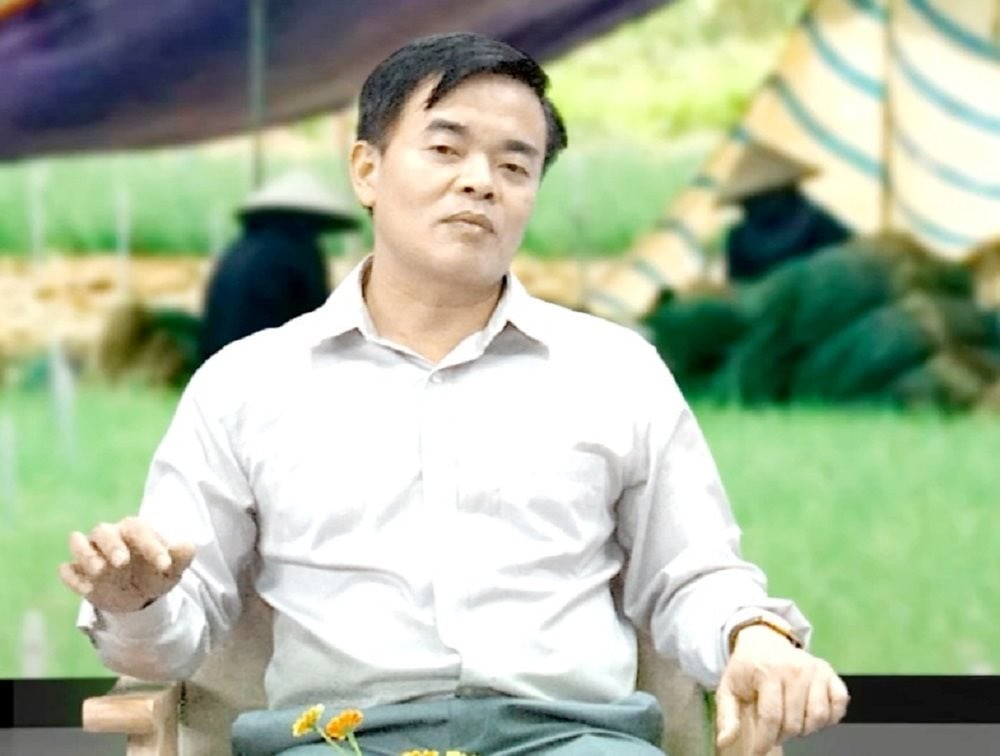
Focus on taking water into the system when hydroelectric reservoirs discharge to increase water resources; utilize lagoons, ponds, lakes, dead-end rivers, and large canals to store water in the fields; Organize the management and operation of appropriate irrigation systems and works to save water.
Regarding construction solutions, it can be said that the irrigation system in Nghe An province has been invested and built over many periods and has degraded (especially for medium and small-scale dams) in the condition of limited resources for maintenance and repair, leading to water storage and storage not meeting the requirements and in the current unusual weather and climate conditions, so it is urgent to invest in repair and upgrade.
Regarding the immediate solution, it is necessary to organize dredging of the canal system, the entrances to the water intake, the suction tanks of the irrigation pumping stations to ensure water flow and ventilation from the source to the fields, taking advantage of all water sources for production; Install field pumping stations; maintain machinery and equipment, be ready to operate pumps to fight drought; Replace degraded pumping stations.
For long-term solutions, focus on repairing and upgrading pumping stations along Lam River; For dams and reservoirs, 120 reservoirs across the province need to be repaired and upgraded; Build dams on Lam River to prevent salinity, store fresh water to supply water to the downstream of Ca River.
Thank you very much!
Source


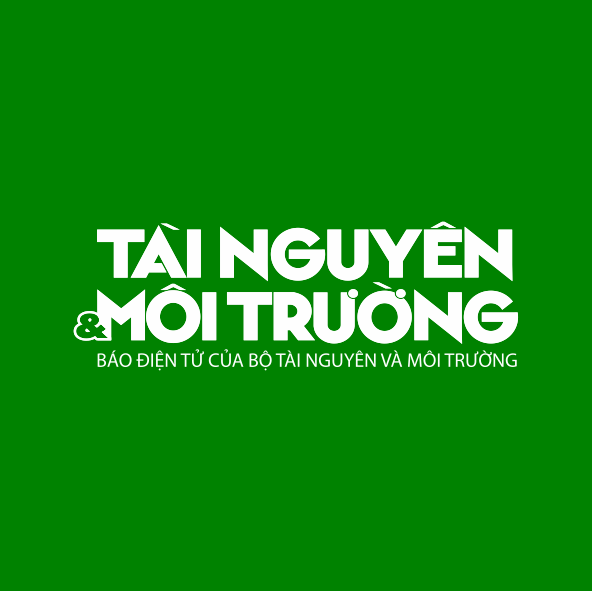

![[Photo] General Secretary To Lam attends the 80th Anniversary of the Cultural Sector's Traditional Day](https://vstatic.vietnam.vn/vietnam/resource/IMAGE/2025/8/23/7a88e6b58502490aa153adf8f0eec2b2)



![[Photo] Prime Minister Pham Minh Chinh chairs the meeting of the Government Party Committee Standing Committee](https://vstatic.vietnam.vn/vietnam/resource/IMAGE/2025/8/23/8e94aa3d26424d1ab1528c3e4bbacc45)
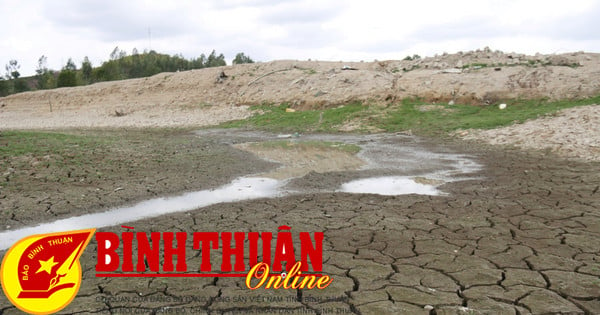



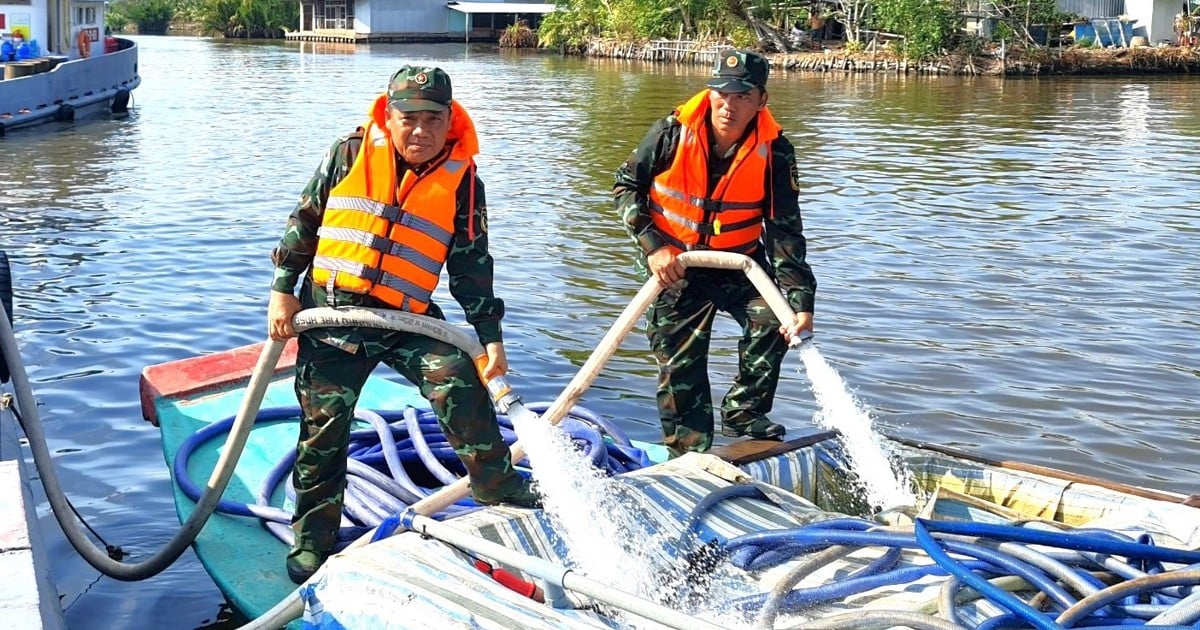
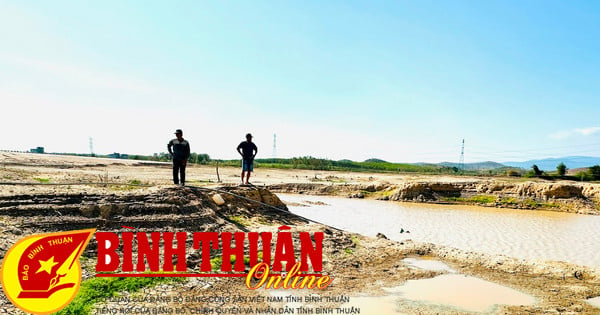

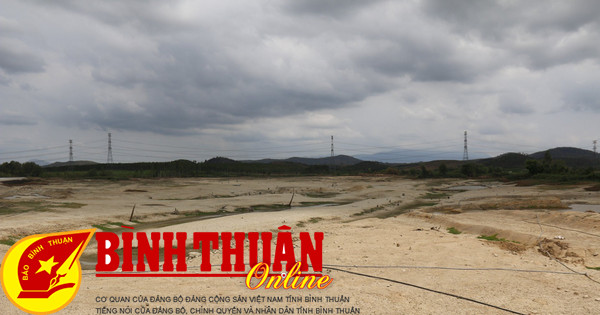


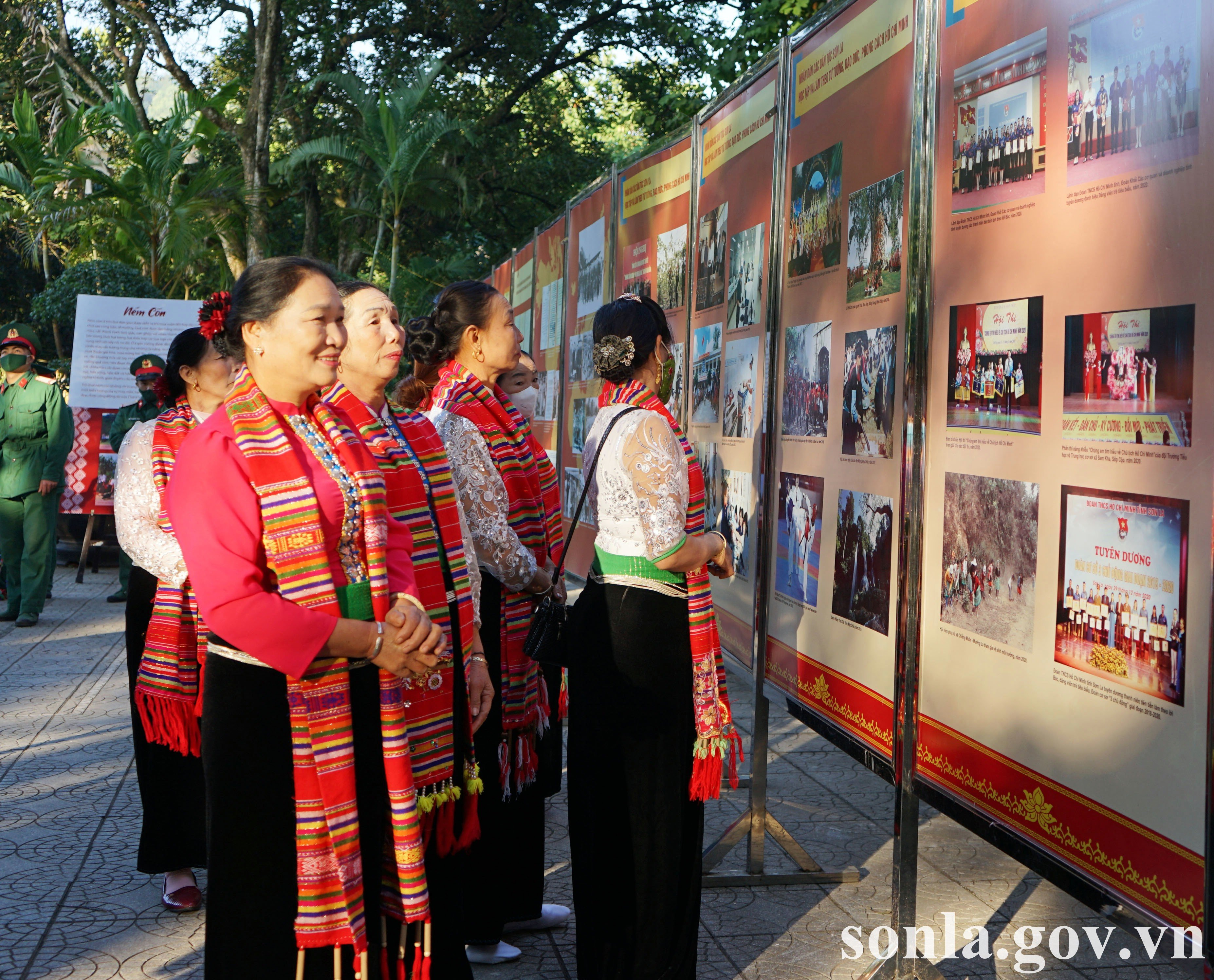


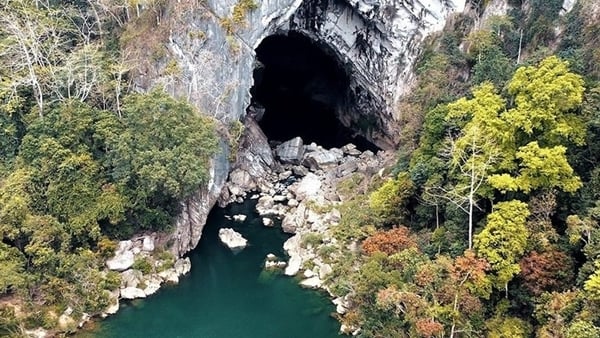

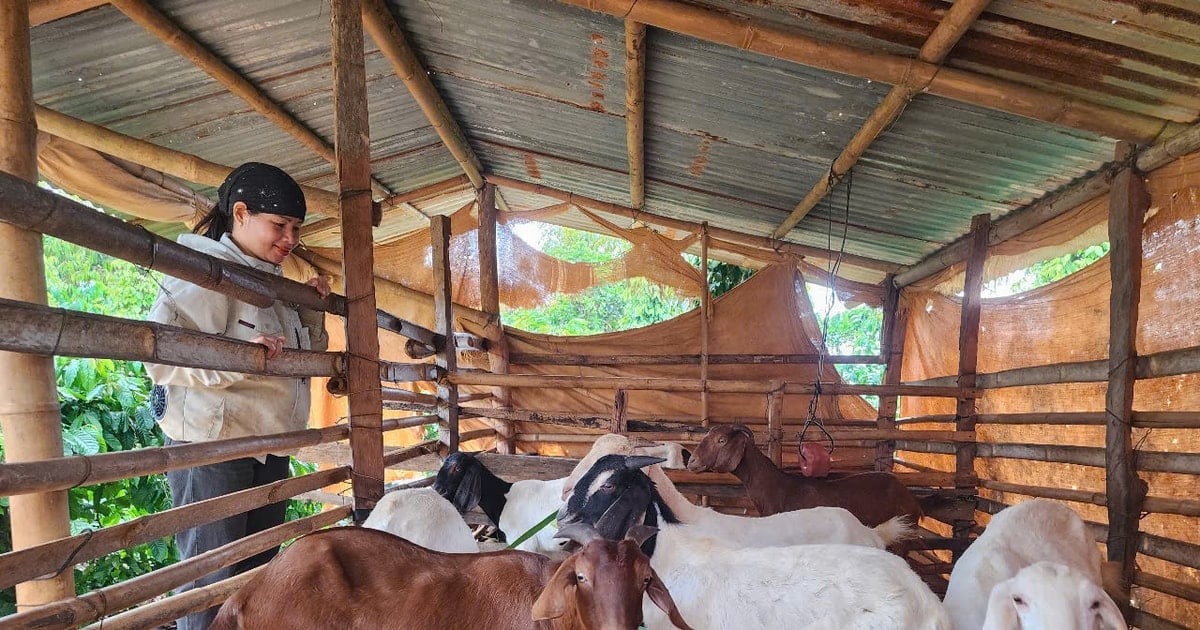

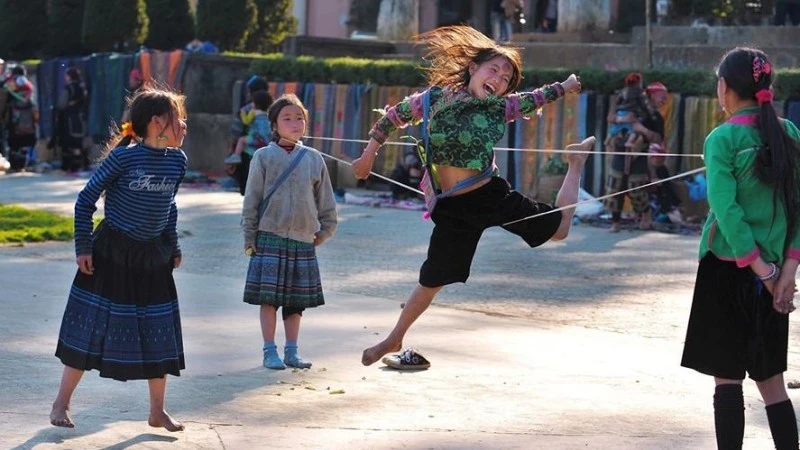









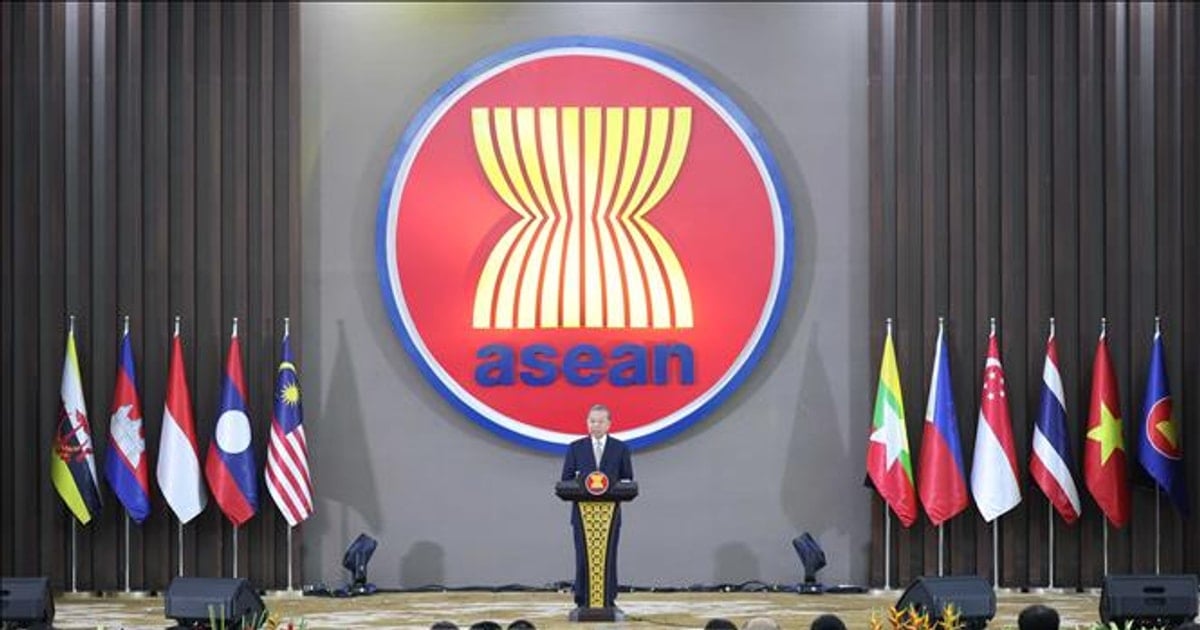












































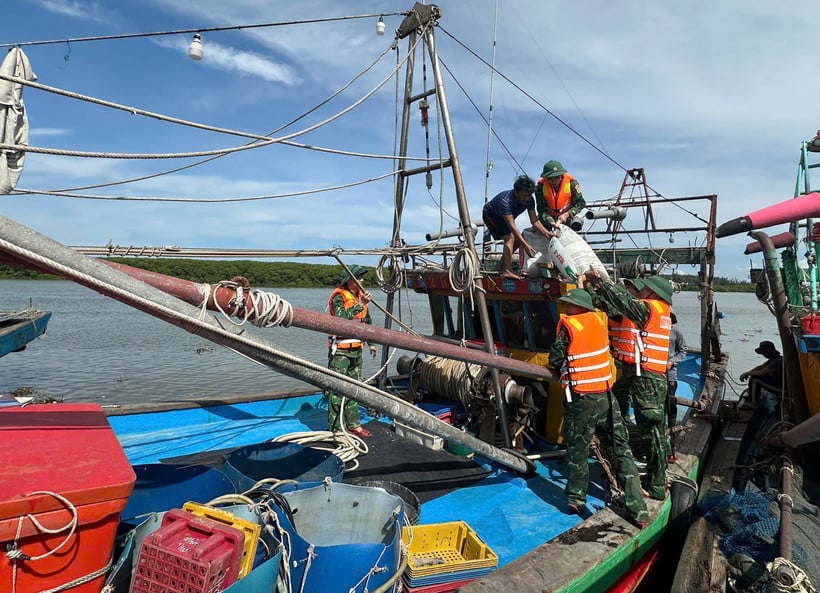

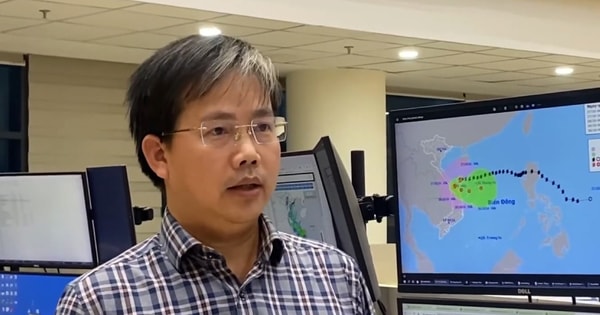


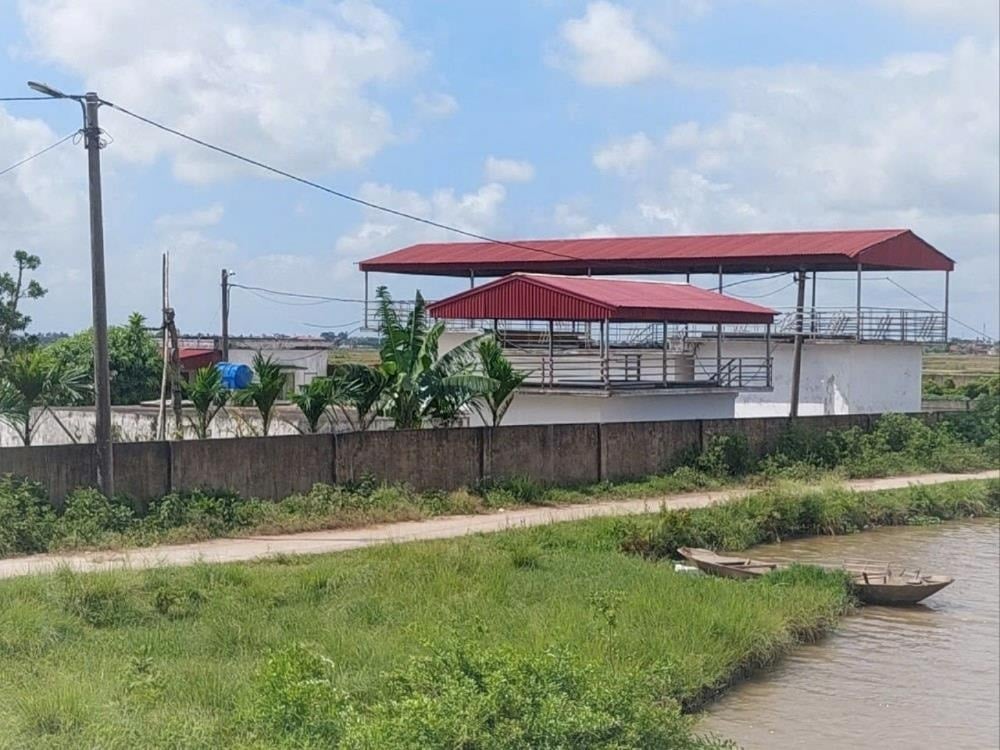



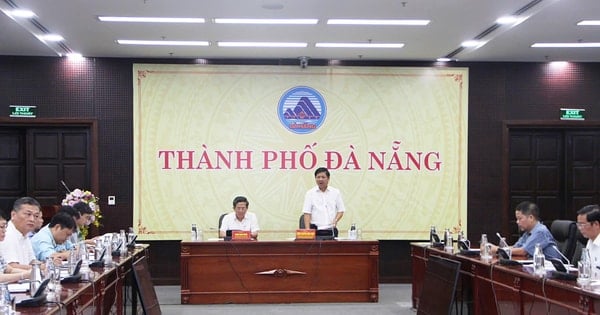













Comment (0)